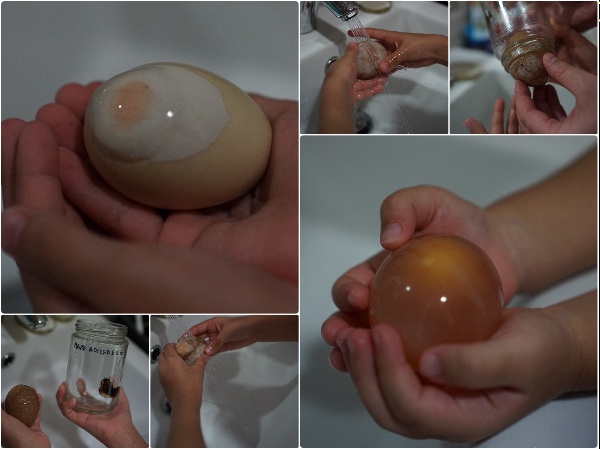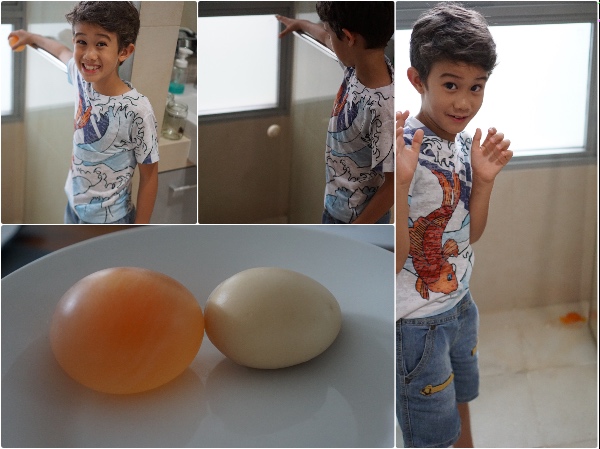Although I am fairly handy at crafty things, I don’t actually have much skill in drawing and painting. Especially painting with watercolours. My own experience of watercolour painting as a child has been less than stellar. I always associated it with muddy faint colours and stiff bristled brushes that splayed out into stars. In short, I’m not very good at it and I’ve always felt that it’s a messy activity.
That is, until I started university and came across this daytime television programme called ‘Watercolour Challenge‘.
In ‘Watercolour Challenge‘, three amateur painters were given four hours to render a particular landscape in watercolours. I was always amazed at how neat and tidy the painters looked during the whole affair. None of them wore smocks to protect their clothes or required sheets of newspaper to catch stray drips. At the end, they rendered vividly coloured paintings, some in very intricate detail.
A few years ago, I tried learning watercolours on my own, with very little success. I simply did not have any clue what tools or paints I needed, nor how to go about applying brush to paper.
This is why I count myself very lucky to be one of the testers of the ‘Hello Spring’ watercolour kit from Dottieshop! Thanks so much for letting me try out the kit, Dot!
The ‘Hello Spring’ watercolour kit comes with instructions for painting some gorgeous spring flowers (cherry blossoms, roses and anemones), a set of good quality watercolour paints prepared in a palette, special watercolour paper and a water brush. This all fits into a neat little pink folder, which makes the whole set very portable!
What I particularly liked about the kit were the precise and clear instructions on how to use the brush and the watercolours, as well as the step-by-step guides on painting different flower blossoms. I found the thoughtfully written painting guides especially helpful, and within my first attempt I was able to produce a rather decent looking cherry blossom!

My first attempt at watercolours using the ‘Hello Spring’ kit
I was very pleased with how the flowers turned out, after following the Dottieshop instructions! The Barn Owl was pretty impressed too, and that means a lot coming from him – he took Art as an ‘A’ level subject.
Best of all, there was hardly any clean up or mess involved. In fact, I have since realised that the kit is so complete that I don’t need to use anything else other than a clean, dry rag for wiping off my paint brush in between changing colours.
I do have to be rather careful in keeping and transporting the paint palette, however, as the watercolour paints grow brittle as they dry and sometimes little flakes may chip off if the palette gets jostled about, so I try to keep the paint set lying flat when it is not in use.
It wasn’t too difficult to use the brush techniques from the Dottieshop kit and extend that to paint other types of flowers and foliage.

My watercolour studies of flowers and leaves
Since trying out the kit, I have found myself stealing a few minutes here and there during the day to do a little watercolour sketch. It really does refresh a tired mind!
Apart from the Hello Spring Watercolour Kit (which I think is a true bargain at SGD46), Dottieshop also has a Floral Illustration Kit (SGD36) as well as a Brush Calligraphy Beginners Kit (SGD33). These are great starter kits for beginners and would also make lovely gifts! Dot also runs workshops at Artify Studio – which I really hope to be able to attend some day.
P.S. To order one of the Dottieshop kits, just email dottieshop@gmail.com or leave her a message on Facebook or Instagram











 Thoughts on
Thoughts on